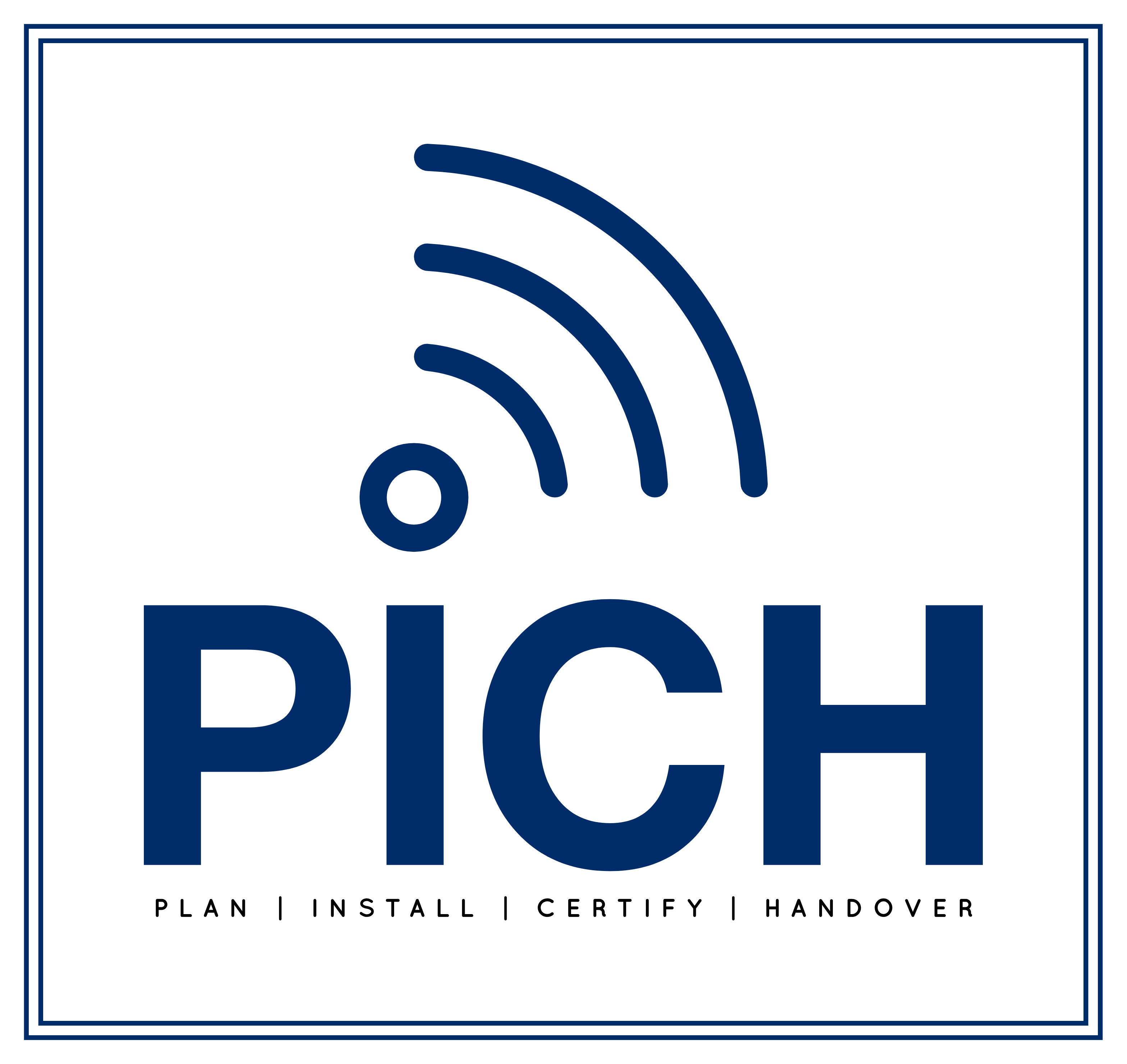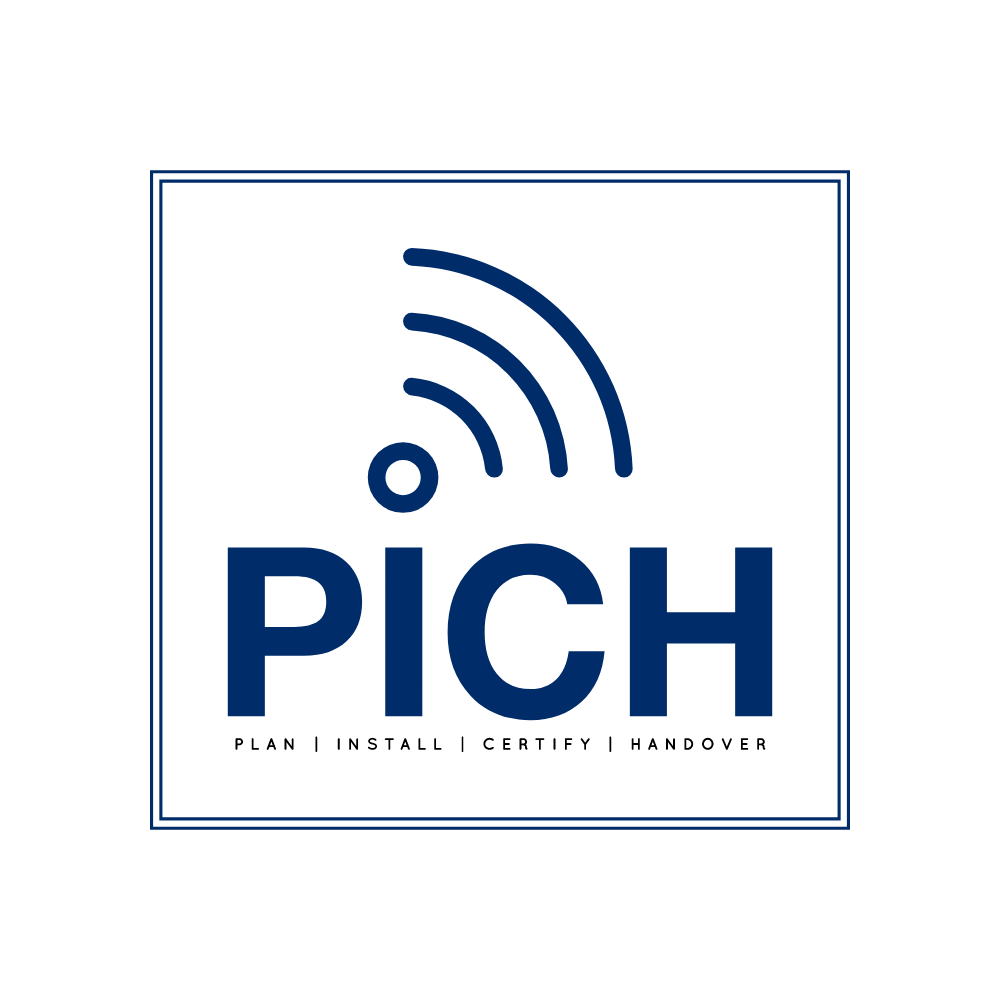Title Page
-
LMJ
-
MMJ
-
DUCT SECTION NUMBER
-
Prepared by (engineers name)
-
PIANOI
Details
-
A55 Requirement
-
Type of Blockage
-
Select Cover Type (1st Chamber)
- JUF4
- JUF6
- JUF2
- JUF10
- M/H
- JRC12 (C/W 2 Lids)
- JRC14 (C/W 3 Lids)
- CW1 (C/W Manhole)
- Pole Up Turn
- Locked Chamber
-
Chamber Location
-
Image of Chamber ONE SURROUNDING , ONE INTERNAL , ONE DUCT WITH ROD
-
What is the Surface Type
- Footway (Tarmac)
- Footway (Slabs)
- Footway (Concrete)
- Carriageway (Tarmac)
- Carriageway (Slabs)
- Carriageway (Concrete)
- Soft Verge
-
Blockage location
-
Distance to Blockage from 1st Chamber
-
X Marks the spot photo (photo required for each blockage location if there are 2 blockages on 1 section) including surrounding reference point
-
Is there additional blockages?
-
Location of Second blockage
-
Blockage distance from 2nd chamber
-
Can minimum footway distances be maintained?
-
Is carriageway inclusion required?
-
Void Distance (if appropriate)
-
Select Cover Type (2nd Chamber)
- JUF4
- JUF6
- JUF2
- JUF10
- M/H
- JRC12 (C/W 2 Lids)
- JRC14 (C/W 3 Lids)
- CW1 (C/W Manhole)
- Pole Up Turn
- Locked Chamber
-
2nd Chamber Location
-
Image of 2ND Chamber ONE SURROUNDING , ONE INTERNAL , ONE DUCT WITH ROD
-
3m rods used
-
Duct Section Number
-
Image of Duct Section (Client/Openreach Maps)
-
Overhead solution available?
-
Issue
-
DP ID
-
DP ID Image
-
Location
-
Image of Duct/Pole Section (Client/Openreach Maps)
-
Image Overview of Pole (Must be front/back and both sides)
-
Image Overview of Pole Top (Must be 4 Faces of the Pole )
-
Pole Location
-
Image of Pole Bend
-
DP ID
-
Image of DP ID
-
What is the Surface Type
- Footway (Tarmac)
- Footway (Slabs)
- Footway (Concrete)
- Carriageway (Tarmac)
- Carriageway (Slabs)
- Carriageway (Concrete)
- Soft Verge
-
Select Cover Type (Lead-in Chamber)
- JUF4
- JUF6
- JUF2
- JUF10
- M/H
- JRC12 (C/W 2 Lids)
- JRC14 (C/W 3 Lids)
- CW1 (C/W Manhole)
- Pole Up Turn
- Locked Chamber
-
Image of Lead-in Chamber (Must Show surrounding area)
-
Image of cobra in duct
-
Location
-
Distance from lead in chamber to Pole Bend
-
Duct Section Number
-
Image of Duct Section (Client/Openreach Maps)
-
Image of Marked Blockage
-
Is there an overhead solution available
-
First Chamber Location
-
Image of First Chamber
-
Second Chamber Location
-
Image of Second Chamber
-
Is carriage way incursion required?
-
Can 1.2m be maintained on the footway ?
Sign-Off
-
Engineer Sign-off







